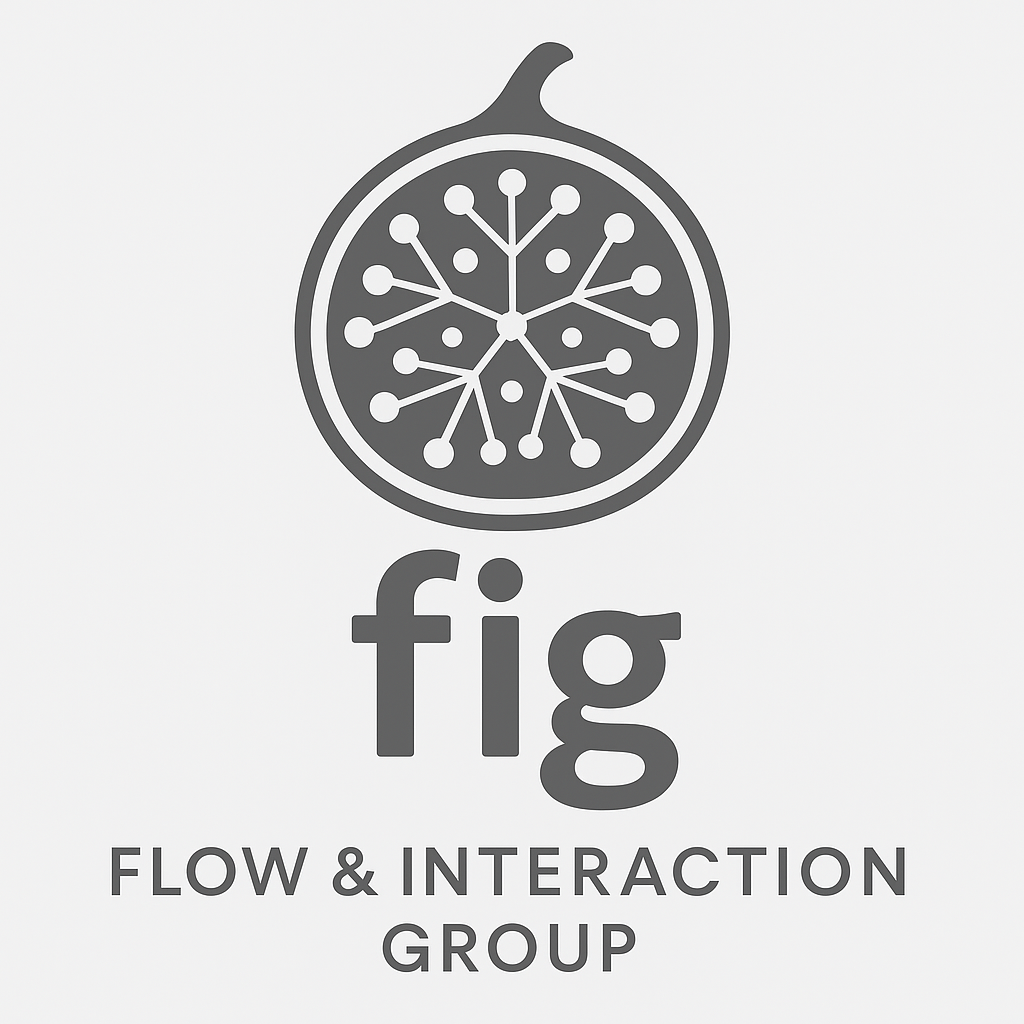Making Complex Charts Accessible: Text Descriptions for UpSet Plots
Not all charts are created equal when it comes to accessibility. Some, like line or bar charts, lend themselves to concise descriptions. Others, like UpSet plots—used widely in science to show how sets overlap—are much harder to explain. UpSet has become a staple in fields like genomics, but for blind and low-vision readers, the lack of accessible descriptions is a major barrier.
In our latest work, we tackled this challenge by studying nearly 80 published UpSet plots to understand the patterns that matter most—such as which intersections are largest, how set sizes diverge, and whether certain intersections (like all sets or none) stand out. From this, we developed a grammar and software pipeline that automatically generates structured descriptions of UpSet plots.
The system produces text at multiple levels: a short snippet for alt text, a technical overview, and a long description with trends and statistics. It integrates into both web-based and Python implementations of UpSet, making it available to scientists directly in their workflows.
Our takeaway: even the most complex visualisations can be made accessible with carefully designed automated descriptions. This isn’t just about equity—it’s about ensuring that blind and low-vision researchers can engage fully with the scientific literature.

